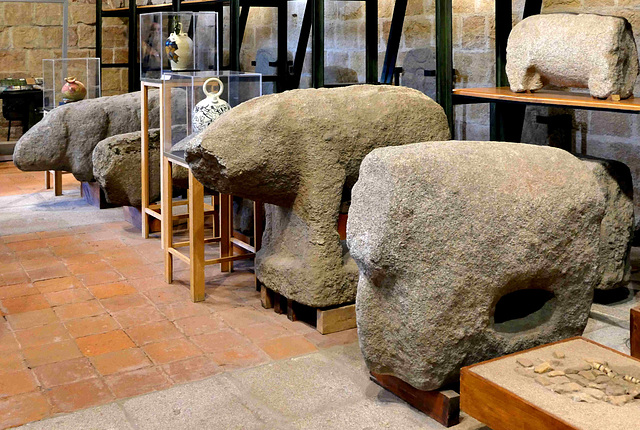Ávila - San Andrés
Ávila - San Andrés
Ávila - San Andrés
Ávila - San Andrés
Ávila - San Andrés
Ávila - Mailbox
Ávila - Plaza del Mercado Chico
Ávila - Ermita de San Segundo del Río Adaja
Ávila - Ermita de San Segundo del Río Adaja
Ávila - Catedral de Cristo Salvador
Ávila - Catedral de Cristo Salvador
Ávila - Catedral de Cristo Salvador
Ávila - Catedral de Cristo Salvador
Ávila - Catedral de Cristo Salvador
Ávila - Catedral de Cristo Salvador
Ávila - Catedral de Cristo Salvador
Ávila - Catedral de Cristo Salvador
Ávila - Catedral de Cristo Salvador
Ávila - Catedral de Cristo Salvador
Ávila - Catedral de Cristo Salvador
Ávila - Catedral de Cristo Salvador
Ávila - Catedral de Cristo Salvador
Ávila - Catedral de Cristo Salvador
Ávila - Santo Tomé el Viejo
Ávila - Santo Tomé el Viejo
Ávila - Santo Tomé el Viejo
Ávila - Farmacia María Virtudes Lópe
Ávila - Basílica de San Vicente
Ávila - Basílica de San Vicente
Ávila - Basílica de San Vicente
Ávila - Basílica de San Vicente
Ávila - Basílica de San Vicente
Ávila - Basílica de San Vicente
Ávila - Basílica de San Vicente
Ávila - Basílica de San Vicente
Ávila - Basílica de San Vicente
Ávila - Basílica de San Vicente
Ávila - Basílica de San Vicente
Ávila - Basílica de San Vicente
Ávila - Basílica de San Vicente
Ávila - Basílica de San Vicente
Ávila - City Walls
Ávila - City Walls
Ávila - City Walls
Ávila - City Walls
Location
Lat, Lng:
Lat, Lng:
You can copy the above to your favourite mapping app.
Address: unknown
Lat, Lng:
You can copy the above to your favourite mapping app.
Address: unknown
Keywords
Authorizations, license
-
Visible by: Everyone -
All rights reserved
-
45 visits
Ávila - Santo Tomé el Viejo


Under the Visigoths, Ávila was one of the most important cities in the kingdom due to its proximity to the capital Toledo. From the 8th to the 11th centuries, Ávila was Moorish. The situation in the contested borderland between the Muslim and Christian worlds prevented prosperity, which only began in the 15th century when the fighting moved further south. The city experienced its heyday in the 16th century. The plague, the expulsion of the Moriscos (baptized Moors), and the emigration of many people to America caused Ávila's gradual decline, from which the city has only slowly recovered since the 19th century. Today the population is around 60,000.
The church is outside the city walls. It existed before 1150 and was rebuilt in the Romanesque style at the end of the 12th century. In the 19th century, the church was profaned and later served as a storage room and workshop for a gas station. In 1960 the building was acquired by the state. It is currently an annex of the Ávila Museum.
The former church is now filled with the museum's exhibits.
Verracos de Martiherrero
The Spanish word “verraco” refers to wild boars but the sculptures seem to represent not only pigs but also other animals (bulls, bears). They are attributed to the Vettones, one of the pre-Roman people. The ones exhibited here belonged to a funerary monument from the 2nd century AC. One of them has a Roman inscription.
The church is outside the city walls. It existed before 1150 and was rebuilt in the Romanesque style at the end of the 12th century. In the 19th century, the church was profaned and later served as a storage room and workshop for a gas station. In 1960 the building was acquired by the state. It is currently an annex of the Ávila Museum.
The former church is now filled with the museum's exhibits.
Verracos de Martiherrero
The Spanish word “verraco” refers to wild boars but the sculptures seem to represent not only pigs but also other animals (bulls, bears). They are attributed to the Vettones, one of the pre-Roman people. The ones exhibited here belonged to a funerary monument from the 2nd century AC. One of them has a Roman inscription.
- Keyboard shortcuts:
Jump to top
RSS feed- Latest comments - Subscribe to the comment feeds of this photo
- ipernity © 2007-2024
- Help & Contact
|
Club news
|
About ipernity
|
History |
ipernity Club & Prices |
Guide of good conduct
Donate | Group guidelines | Privacy policy | Terms of use | Statutes | In memoria -
Facebook
Twitter

Sign-in to write a comment.